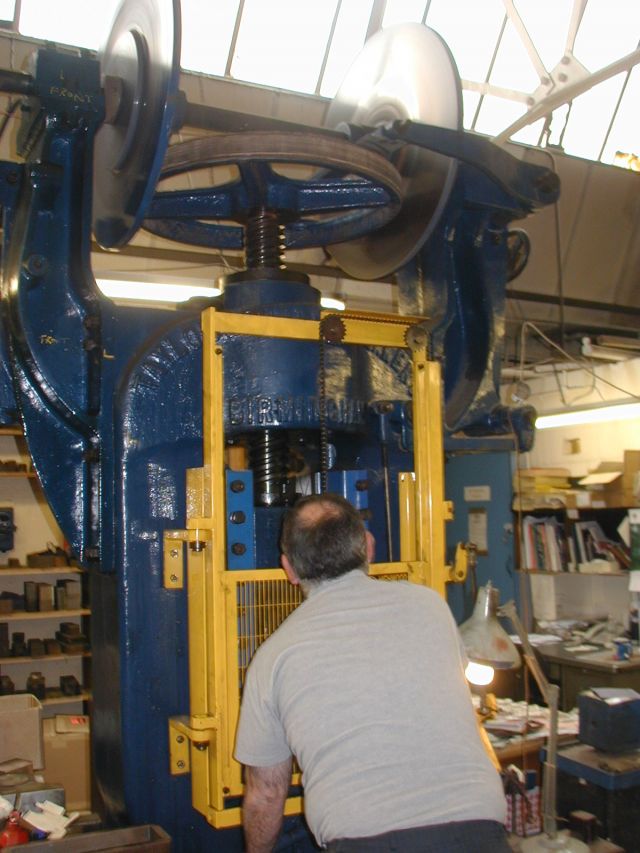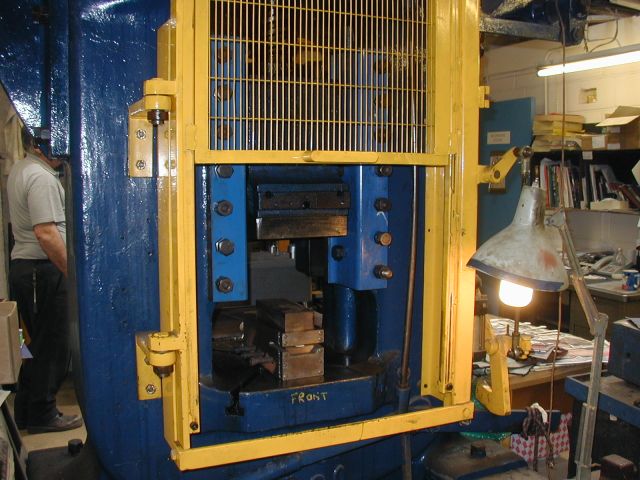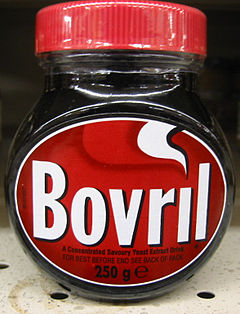
|
|
|
|
| REGISTER (click here) |
How to Post Photos
|

|
 SMP Silver Salon Forums SMP Silver Salon Forums
  New members post here New members post here
  The die making process..... The die making process.....
|
| next newest topic | next oldest topic |
| Author | Topic: The die making process..... |
|
Scott Martin Forum Master Posts: 11520 |
  
The following was inspired by part of the discussion found in the thread Old Silver Rings
And then there are the details of the processes by the contextual doers/craftsmen/experts that are full of nuances (idiomatic terms) that don’t make it into the non-doers/non-craftsmen/non-expert vernacular (dialect spoken by the ordinary people). Today most of the related terminology is most likely from where die use/making is most popularly seen/used; which to me feels like may be in the coin/mint processes. I also expect as the tools/materials/techniques evolved so did the terminology/processes. A very uninformed example might be in coin making, where over sized models of the coin (galvano) are made and then reduced to the proper size using a pantograph or a portrait lathe or a Janvier lathe. But in flatware I don't recall discussion or ever seeing anything that resembles galvanos. I think we could start a separate forum which could easily evolve into hundreds/thousands of threads on this subject; especially if the discussion was informed period/process contextual discussions. It would be very interesting to learn about the difference in terms/process there were in jewelry/flatware/coin die making over the centuries. I’m not sure our group has the proper familiarly/expertise to do this but if threads like this continue and more members join in I would create the forum and move a related posts/threads into the new forum. IP: Logged |
|
Scott Martin Forum Master Posts: 11520 |
  
ps. This post really belongs in the General Silver Forum and will eventually be moved. I did this post here so our new members who inspired this thought and haven't taken the time to fully read the Guidelines could directly post. IP: Logged |
|
asheland Posts: 935 |
  
Sounds interesting, Scott! IP: Logged |
|
Mark4321 Posts: 11 |
  
quote: This is a very interesting proposition. I personally know next to nothing of the process in detail, but I know of a ring maker who -still today- uses the old die striking presses, basically uses the same production methods as back in the day. I will send him a link to this, maybe he'll join! He is truly an expert in the making process of die struck rings, and also knows a lot about investment casting, lost wax casting, etc, and knows how to tell the difference. Mark PS I hope it wasn't me that missed something essential in the guidelines? :-) IP: Logged |
|
agphile Posts: 798 |
  
I thought I might share a few photos that may at least be marginally relevant to this topic. A good few years ago now I took some pictures when visiting a spoonmakers’ workshop, including some of the presses used for applying die-struck decoration to flatware. This one shows the biggest press. The shelves behind and to the left of the press hold some of the dies.   The next picture shows Jeff Francis, the spoonmaker, sinking a bowl but the relevance here is the smaller press that can be seen behind him. So, not dies I’m afraid, but the machines for using them. IP: Logged |
|
Scott Martin Forum Master Posts: 11520 |
  
Great.  What maker/where was this? IP: Logged |
|
agphile Posts: 798 |
  
C J Vander, London. This workshop no longer in being. Jeff continued more recently with Wakely and Wheeler, one of the old silversmith companies that had been absorbed by Vander but has now been spun off as a separate entity again with its own workshop a little way out of London. [This message has been edited by agphile (edited 03-04-2016).] IP: Logged |
|
agleopar Posts: 850 |
  
Love seeing the images of a proper spoon maker and W+W. I was there years ago visiting a mate doing his time as a box makers apprentice. Thanks P.S. The cool thing in the last image, aside from how a spoon is sunk by hand in the lead pancake is the massive amount of Bovril stacked on the shelf!! IP: Logged |
|
Scott Martin Forum Master Posts: 11520 |
  
 IP: Logged |
|
PhilO Posts: 166 |
  
Marmite IP: Logged |
|
agphile Posts: 798 |
  
Yes, Marmite it is. Must be a dietary essential for spoonmakers if not for all silversmiths? To return to the topic of dies rather than diet, the Wakely and Wheeler catalogue has the following to say about them: “The dies used in the production of our range of flatware are in two halves. Many of those in use today are more than 100 years old. These dies, first made for specialist spoon makers such as William Chawner in the first half of the 19th century and later for Francis Higgins, are re-cut from time to time to ensure the patterns remain perfectly true.” From time to time old and presumably redundant dies will appear on the market. I have never tried to buy any but recently I was given a disparate group of dies for knife handles. I suspect somebody was getting rid of stuff he had found interesting but his family thought was junk. Presumably this was on the basis that I would also find them interesting and might be able to hide them from the family for a while. With these there were a couple of examples of metal struck to form handles (but not from any of the dies I was given!). The picture shows the two halves of a plain handle, untrimmed, and just one half of a pistol handle, trimmed. If the second half of the pistol version was ever struck, it didn’t survive to be given to me. [This message has been edited by agphile (edited 03-06-2016).] IP: Logged |
All times are ET | next newest topic | next oldest topic |
  |
|
Ultimate Bulletin Board 5.46a
|
1. Public Silver Forums (open Free membership) - anyone with a valid e-mail address may register. Once you have received your Silver Salon Forum password, and then if you abide by the Silver Salon Forum Guidelines, you may start a thread or post a reply in the New Members' Forum. New Members who show a continued willingness to participate, to completely read and abide by the Guidelines will be allowed to post to the Member Public Forums. 2. Private Silver Salon Forums (invitational or $ donation membership) - The Private Silver Salon Forums require registration and special authorization to view, search, start a thread or to post a reply. Special authorization can be obtained in one of several ways: by Invitation; Annual $ Donation; or via Special Limited Membership. For more details click here (under development). 3. Administrative/Special Private Forums (special membership required) - These forums are reserved for special subjects or administrative discussion. These forums are not open to the public and require special authorization to view or post. |
|
copyright © 1993 - 2022
SM Publications
All Rights Reserved. Legal & Privacy Notices |